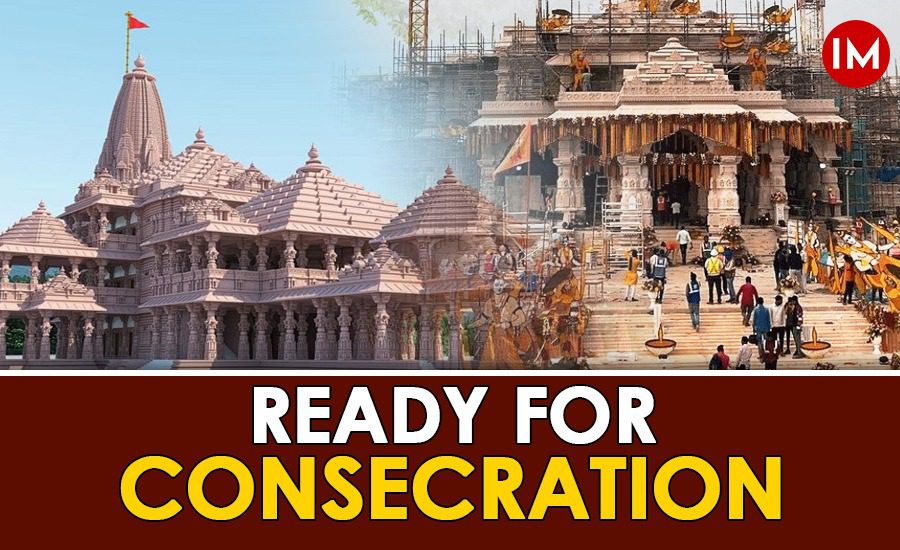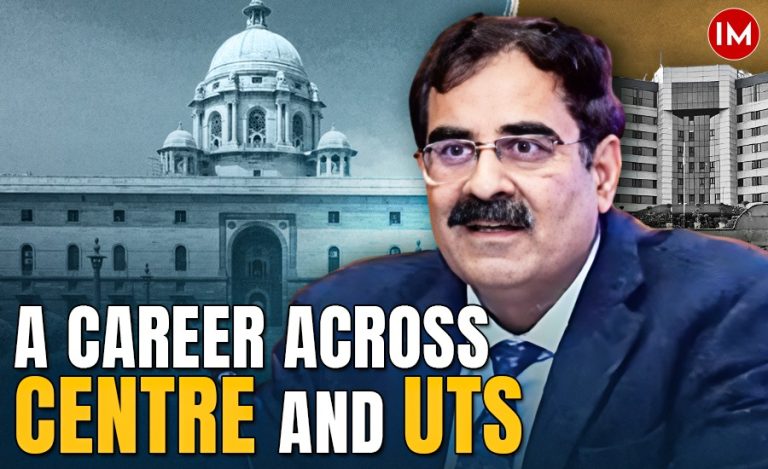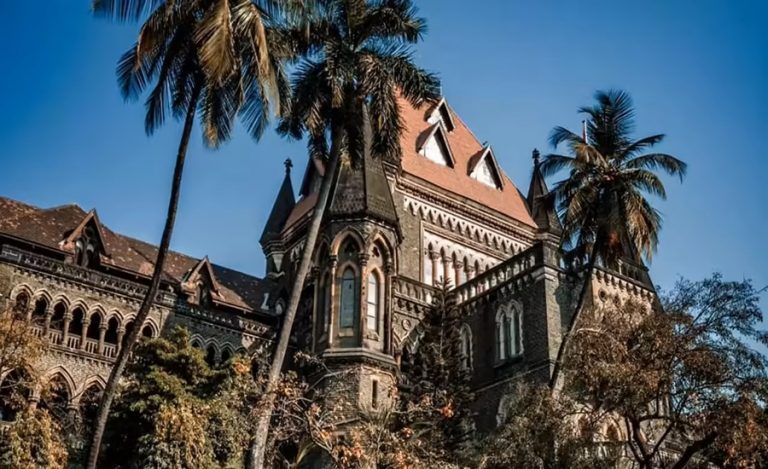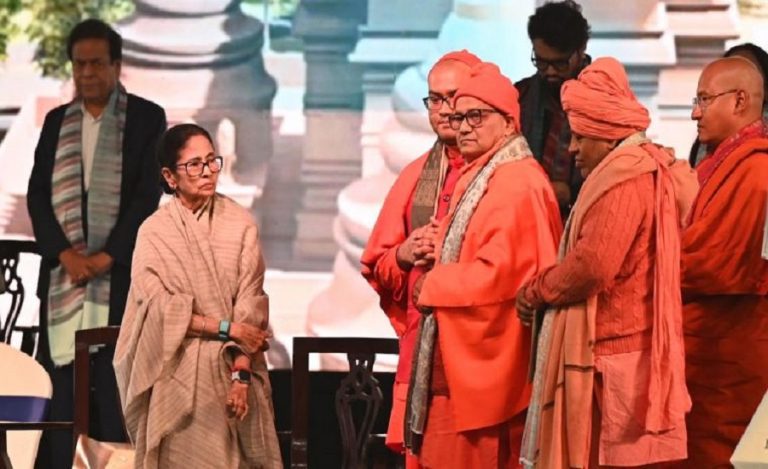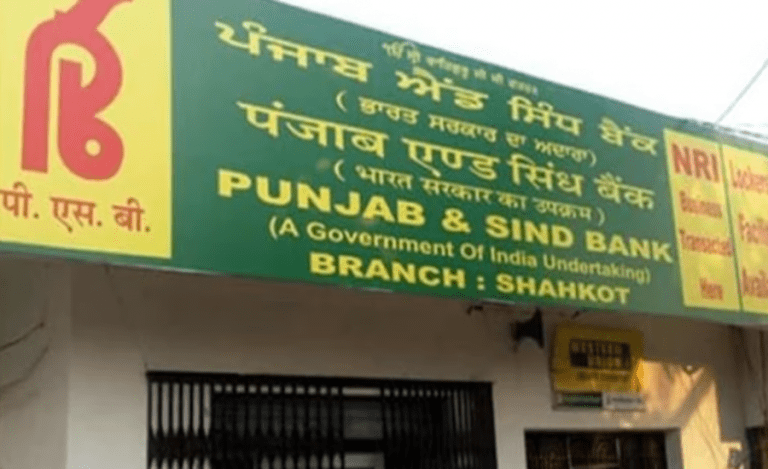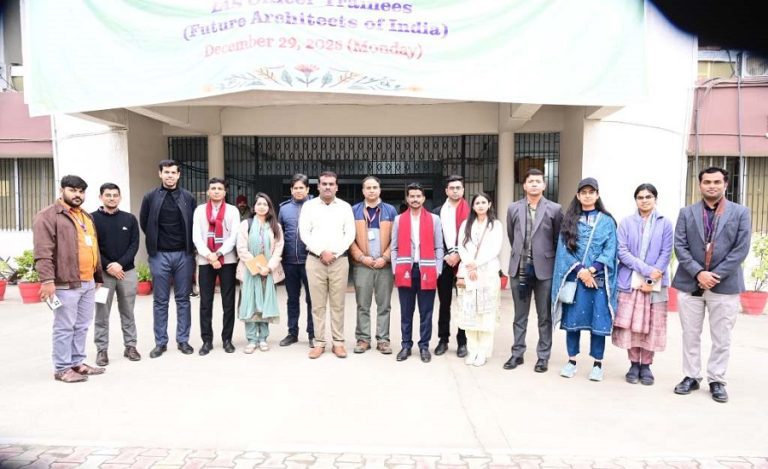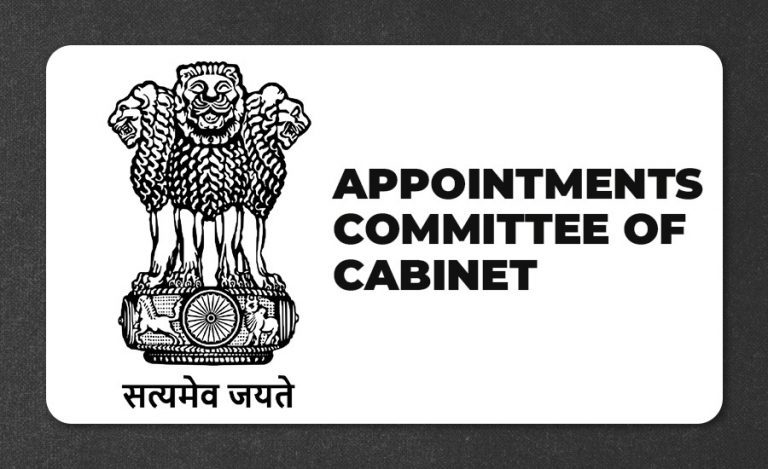As Ayodhya readies itself for the Ram Madir’s inauguration ceremony on 22 January, the City of Lord Ram wears a brand new look. To complement the Ram temple, the city has undergone a complete makeover with new constructions, renovation of old structures, and further beautification of others. It is as if the entire city has been cleansed and painted afresh, just like people get ready to welcome Lord Ram in Diwali time.
When the Ram Temple gets inaugurated by Prime Minister Narendra Modi, along with it, a new Ayodhya will open its doors to the devoted, to explore the rich heritage of this sacred land.
Speaking exclusively to Indian Masterminds, DM of Ayodhya, 2010 batch IAS officer of UP cadre, Mr. Nitish Kumar, highlighted the major projects undertaken by the district administration to lay the path for the historic event.
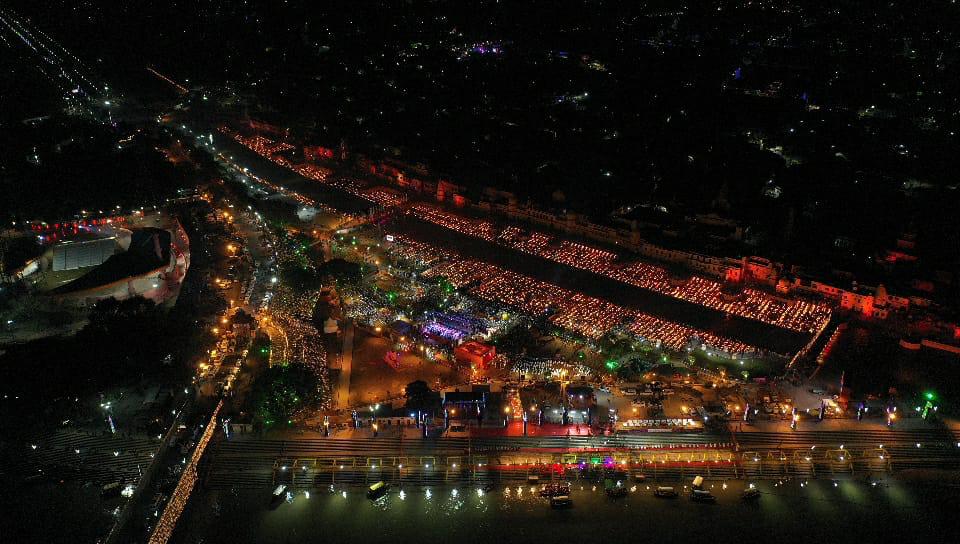
RAM BHAKTI AT EVERY TURN
As every road leads to Ayodhya now, within the city itself, new stretches of road have been built while existing ones have been spruced up, with massive construction works undertaken on three main roads named – Ram Path, Janmabhoomi Path and Bhakti Path.
Ram Path, extending from Sahadatganj to Naya Ghat, has been built at an expense of Rs. 844.94 crore; Janmabhoomi Path, from Sugriva Fort to Shri Ram Janmabhoomi Temple Road, at Rs. 41.02 crore; and Bhakti Path, from Dhringaar Haat to Shri Ram Janmabhoomi Temple Road, at Rs. 268.04 crore.
Massive work has been carried out on NH 27 also.
“The works include 4-lane widening, 4-lane footpath, provision of utility duct, bus-way, passenger facilities on the route, storm water drain, underground electrical wires, stone benches on the sidewalk, beautiful street poles and lights,” Mr. Kumar said.
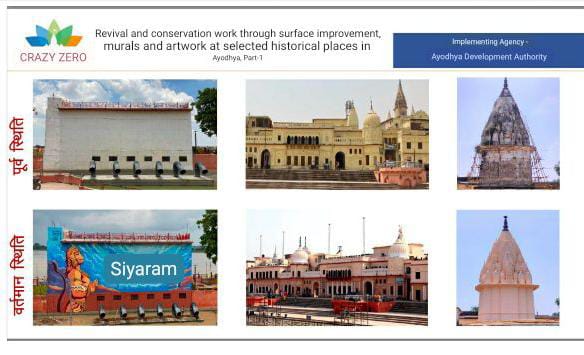
WHOPPING 22,000 CRORE PROJECTS
A total of 101 projects were undertaken by the administration at a cost of Rs. 22142.37 crore, on a priority basis. This includes commercial complexes like Laxman Kunj Smart Vehicle Parking and Arundhati (Maharishi) Parking. The latter has been built in an area of 4127 sq m, with shops, offices, car and two wheeler parkings, food courts, and toilets.
“We also undertook construction of embankment upto Guptar Ghat in Ayodhya district and restoration work upto 10 km of the Harishchandra Uday embankment in the east,” said Mr. Kumar.
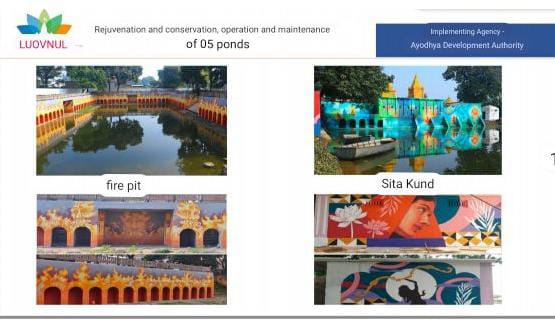
HISTORICAL PONDS REJUVENATED
Further, tourism development work was done in three ancient ponds – Hamuman Kund, Swarna Khani Kund and Ganesh Kund, with meeting places, toilets, umbrellas, mural walls, ghats, auto-water filtration, railings, and lighting added.
Five other historical ponds were also rejuvenated, namely Sandhya Sarovar, Khurj Kund, Vidya Kund, Agni Kund, and Sita Kund.
“This was for ecological conservation of ponds. For biodiversity conservation, we undertook some major works in the Samada Lake and Bird Sanctuary, a 167 acres area, where we constructed a 6800 meter long dam and planted 45000 trees. This sanctuary offers an amazing view of nature and birds of different types,” Mr. Kumar said.
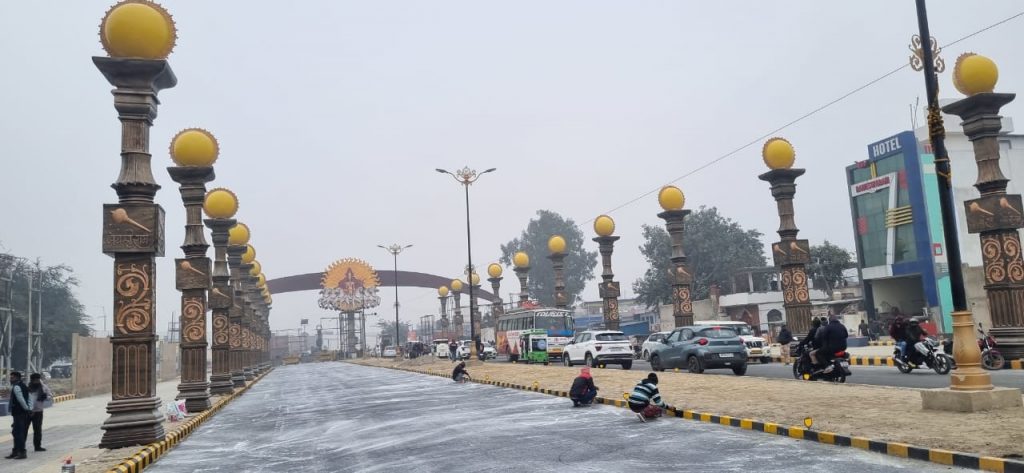
Besides nature parks, the administration also created several public parks, including sports parks. One of these, the Guptar Ghat Park, is equipped with kiosks, open air theatre, sun dial, open gym, lotus pond, children and yoga park, and solar lights.
“Rejuvenation of 33 parks was done. Five parks were converted into multi-facility sports parks, with construction of basket ball, badminton, volley ball courts, table tennis area, and open gyms,” Mr. Kumar added.
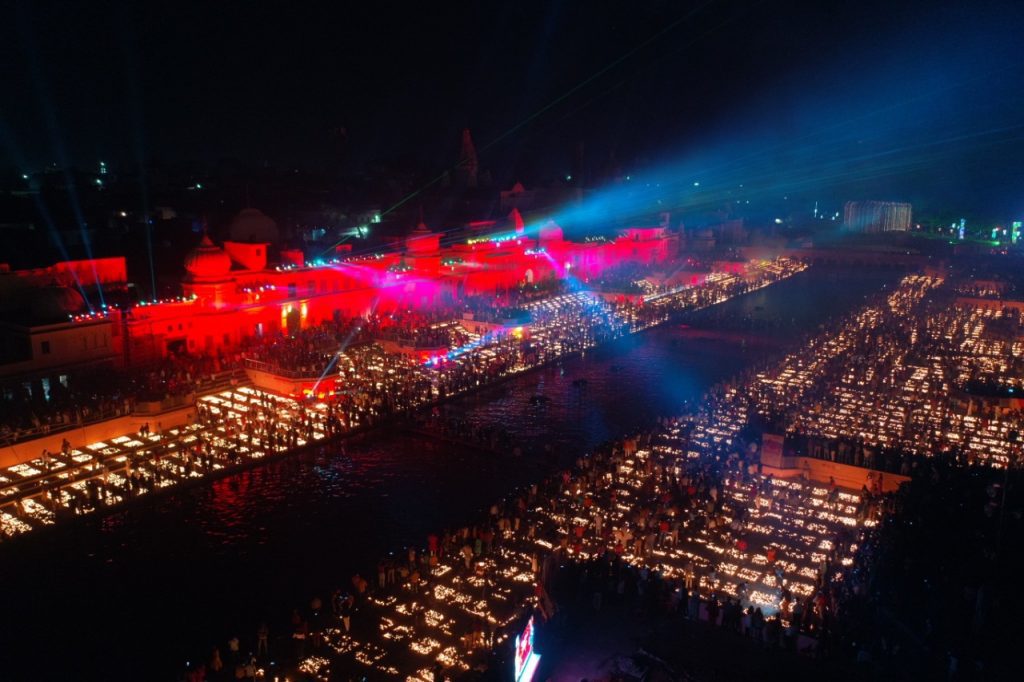
ANCIENT PLACES COME ALIVE
Besides ponds and nature parks, revival and conservation work was carried out on select historical places, like the Sun Temple in Surya Kund, that includes 4-entrance gates, landscaping pathways and re-arrangement of pre-built stairs on the ghat, work in the Navagrah Vatika, and also a Light and Sound show.
Facade lighting work for beautification was also carried out at Hamuman Garhi – in the Dasaratha Palace, Hamuman Garhi, Janaki Temple, Digambar Akhara, and the Golden Building. While mural painting work was done on Ram ki Pauri.
“We have also started mechanised sweeping of roads and mechanised cleaning of public toilets in 15 wards of Ayodhya,” Mr. Kumar informed.
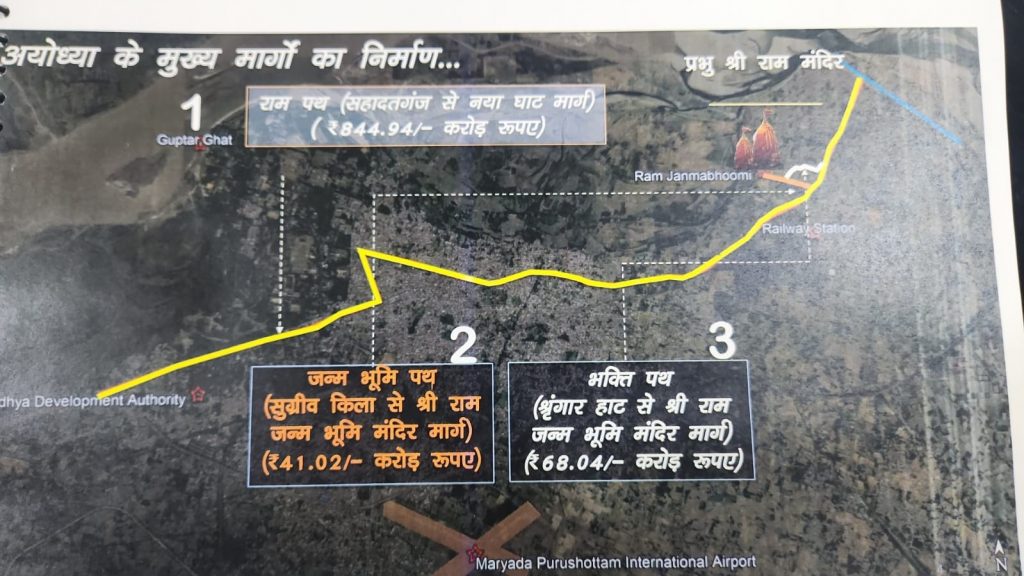
LATA MANGESHKAR CHOWK, ATAL SCHOOL, NAV AYODHYA
The beautification works includes the Lata Mangeshkar Chowk with a sound and light system, and creation of the Saraswati Veena. Another added feature is the construction of the Atal Residential School building.
Mr. Kumar said, “We are also introducing river cruises from Naya Ghat to Uttar Ghat. Also, a 1400 acre new colony, Nav Ayodhya, will be developed. Land has already been acquired for the first phase. It will have guest houses as well as residential plots.”
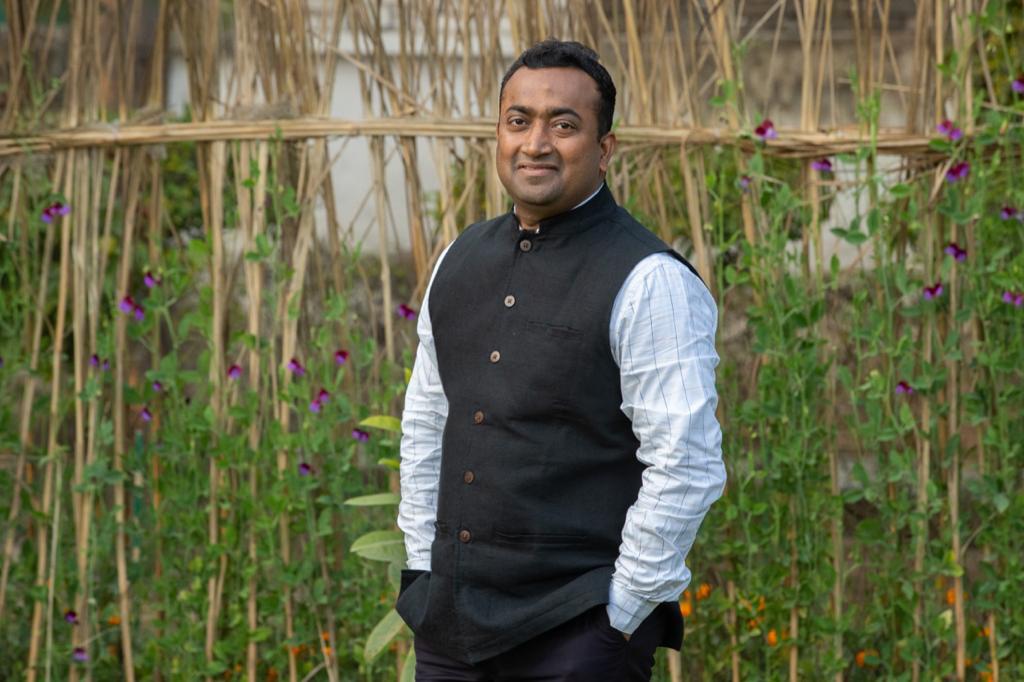
Thus, for the visitors, Ayodhya awaits with a fine blend of the old with the new. As for the ease of travelling for long distance devotees and religious tourists, a newly built international airport, which has been named after Maharishi Valmiki, is already fully functional, while the railway station was developed by adding Phase 1 which was inaugurated by the superfast Vande Bharat Express. So, not only the roads, even the rail and the air routes lead to Ayodhya now. It would not be wrong to say, the sky is not the limit for the devoted!

